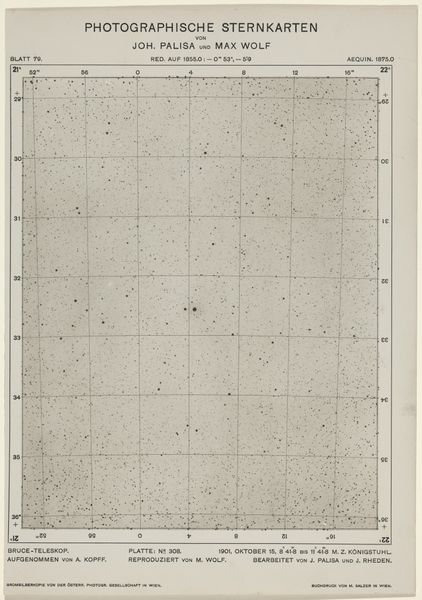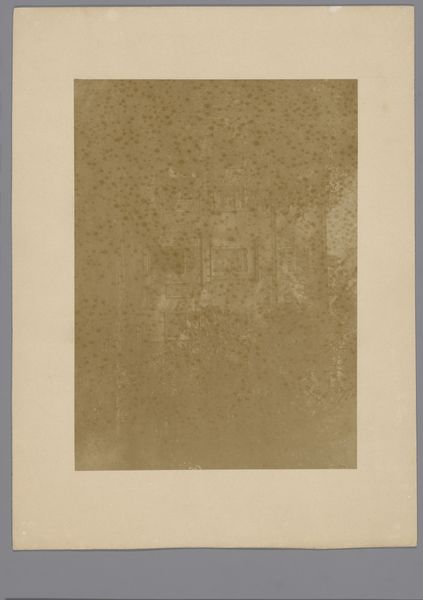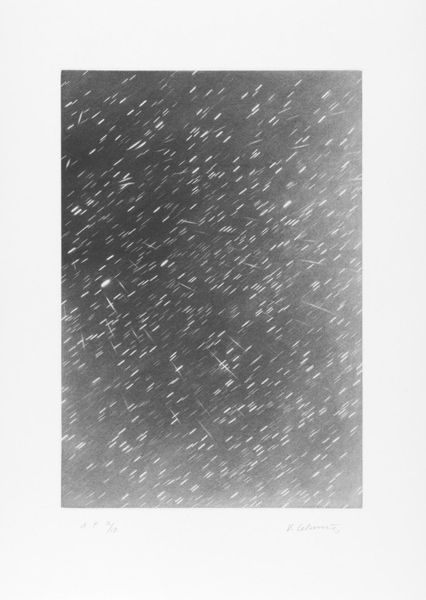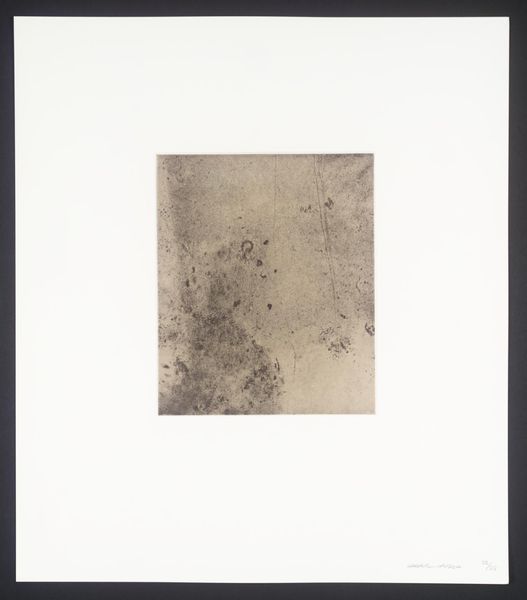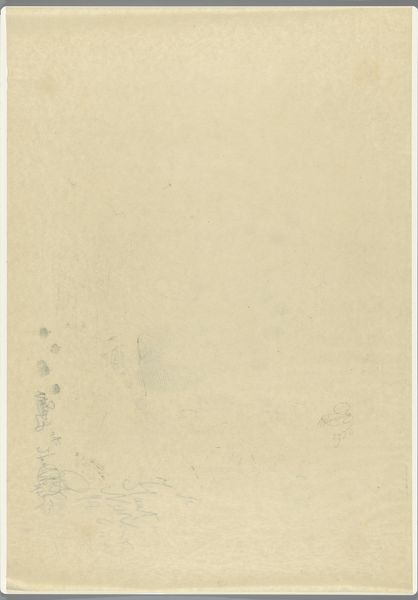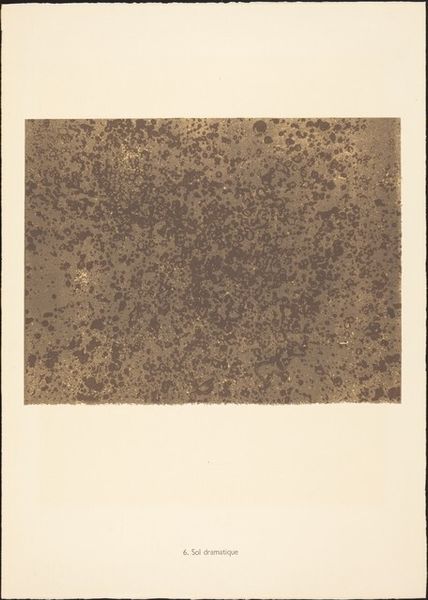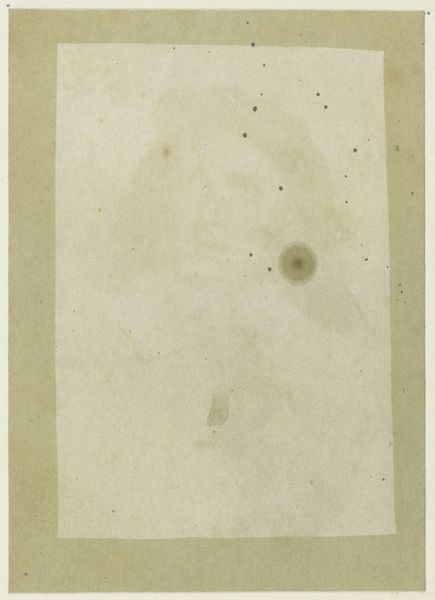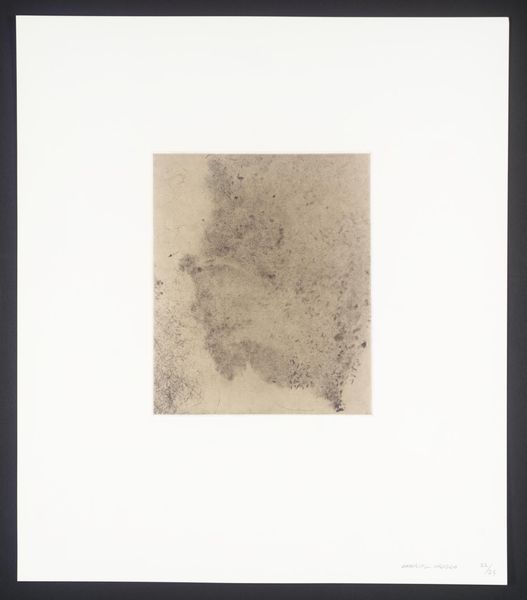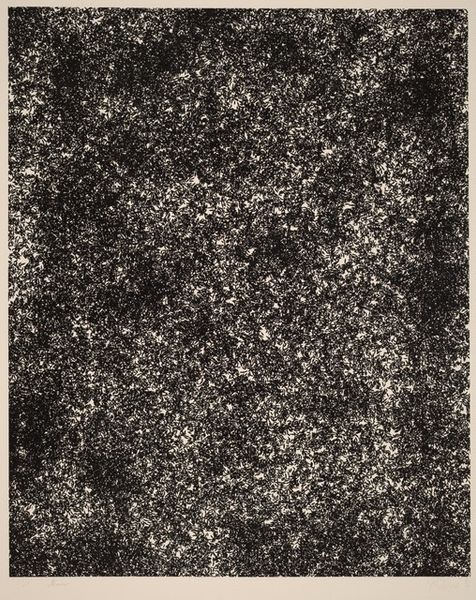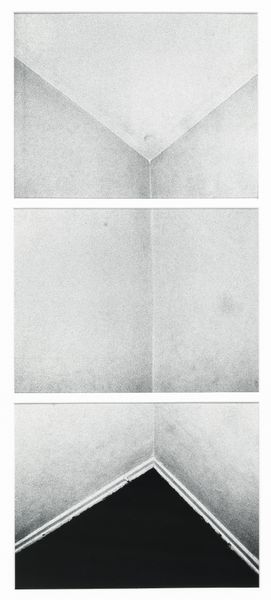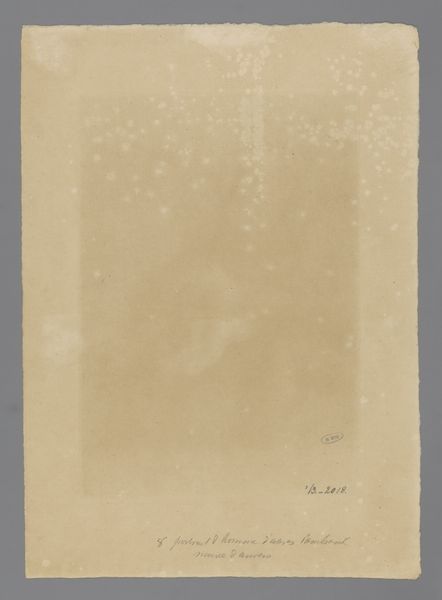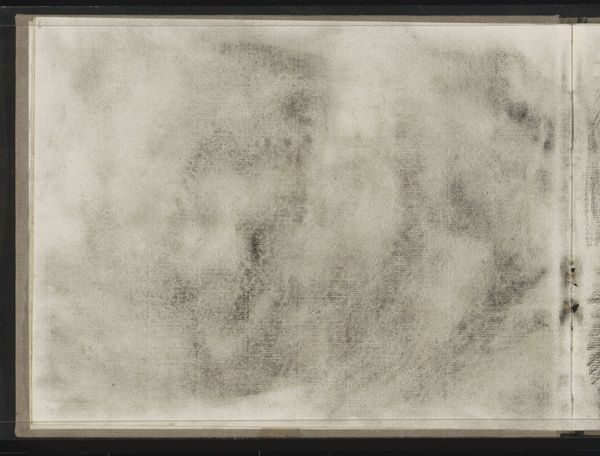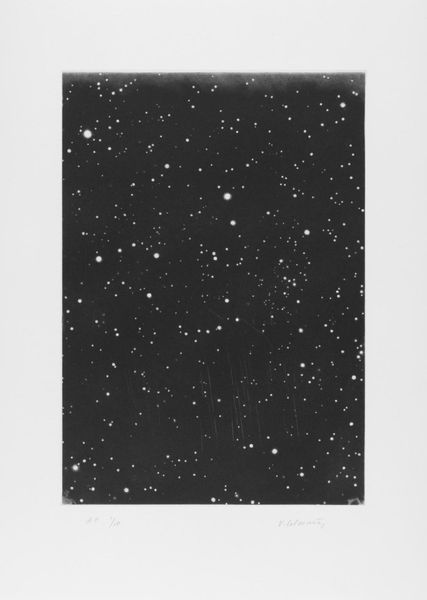
print, photography
# print
#
landscape
#
photography
#
geometric
Dimensions: image: 27.8 x 22.9 cm (10 15/16 x 9 in.) sheet: 36 x 25.4 cm (14 3/16 x 10 in.)
Copyright: National Gallery of Art: CC0 1.0
Curator: What a piece! This is "Photographische Sternkarten (July 6, 1904)" by Wolf and Palisa, a photographic print mapping the constellations. Look at how the artists capture and represent the cosmos through their tools and materials. Editor: Initially, I’m struck by its stark simplicity. It is, essentially, a grid populated with a seemingly random array of dots. Its almost melancholic grey tonality amplifies that impression. Curator: But think about what's embedded in this simplicity. We are seeing the labour intensive process of recording the stars. This wasn’t just about pointing a camera. Think about the plate preparation, the long exposures, and the darkroom work necessary. What materials are being used, by whom, under what conditions, and for what societal consumption. Editor: I suppose from a formal perspective, it's fascinating how this interplay between organic and geometric elements is constructed; those subtle shades give the image surprising depth and texture. I am quite taken by the ordering structure giving way to something immense and unstructured. Curator: Exactly. And it challenges what art "is." This blurs boundaries. Is it art, science, or a document? The materiality of the photographic print connects art to industry and labor, challenging conventional ideas about artistic skill. Editor: That is something I concur with. When looked at from an artistic lens, these constraints only further enhance its austere elegance. There is beauty in this representation—of order and disorder simultaneously, each reinforcing the other. The distribution and concentration of these astral figures generates an intricate network of geometric connections. Curator: It represents the application of scientific knowledge. What was the cultural need for star charts? Navigational power, and thus material dominance were involved. Understanding that context gives another depth to reading that seemingly random collection of dots. Editor: Well, beyond that material impact on society at large, the chart beckons contemplation on our placement in the immense, immeasurable cosmic fabric. The visual order established by the meticulous grid against that scattering of elements presents to us both structure and endless possibilities in the wider universe. Curator: True. Considering the physical making and the science is central, it enhances one’s appreciation. It shows how science and the making of pictures can impact human existence. Editor: Indeed, this piece has brought a sharper clarity to seeing that synthesis and the universe of thoughts it creates.
Comments
No comments
Be the first to comment and join the conversation on the ultimate creative platform.
